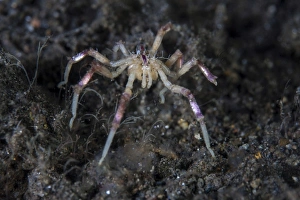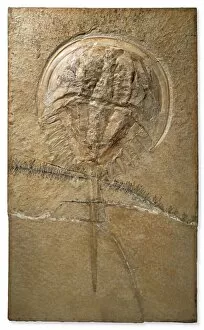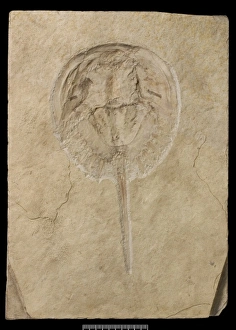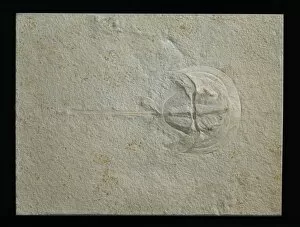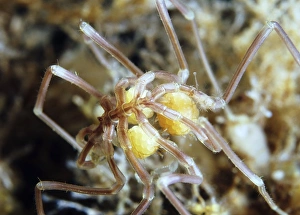Chelicerata Collection (page 4)
Chelicerata, a diverse group of arthropods, never fails to captivate with its fascinating members
All Professionally Made to Order for Quick Shipping
Chelicerata, a diverse group of arthropods, never fails to captivate with its fascinating members. From the Goldenrod crab spider showcasing its vibrant yellow hue as it perches delicately on a Honesty flower in Bristol, UK, to the ancient Eurypterus fossil revealing secrets from prehistoric times. In Lucerne, Switzerland, we encounter the mesmerizing Jumping spiders. A portrait of Heliophanus sp. Showcases its intricate features and undeniable charm during April. Meanwhile, Hypositticus pubescens takes a moment's rest on a leaf in June, allowing us to appreciate its beauty through focus stacking techniques. Traveling all the way to Costa Rica's Osa Peninsula brings us face-to-face with Lyssomanes sp. , diligently guarding her precious eggs upon a leaf. The dedication and care displayed by this jumping spider are truly remarkable. Venturing into Australia unveils the Sydney funnel web spider up close; venom droplets glistening on its fangs serve as an eerie reminder of nature's power and complexity. Italy presents Philaeus chrysops in May—a stunning jumping spider that effortlessly blends into its surroundings amidst Orvieto's beauty. North Florida introduces Phidippus otiosus in September; this canopy jumping spider displays agility and grace while navigating through foliage. The Porto Santo Wolfspider from Portugal's Madeira Archipelago captures attention with its unique characteristics and adaptability within island ecosystems. Deep inside Borneo lies Heterometrus longimanus resting peacefully within a fallen hollow log—an impressive sight for those fortunate enough to witness it firsthand. Liocranum rupicola emerges as another notable member of Chelicerata—its spiny legs enable seamless movement among foliage while adding intrigue to any natural setting it inhabits. Lastly, Peru reveals Pamphobeteus sp. , an adult Peruvian Tarantula confidently walking over a Humming Frog (Chiasmocleis).

